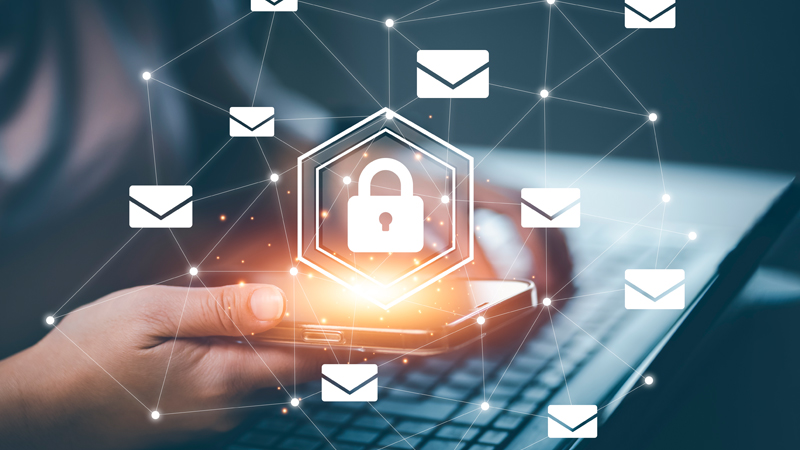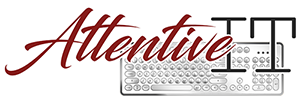
With email being a primary method of communication, particularly in the business world, it’s a common target for malicious activity such as phishing and malware attacks. Microsoft, as a major provider of email solutions, regularly recommends steps to increase the protection of email accounts.
Here are some commonly suggested steps you can take to get the most protection:
Multi-factor authentication (MFA): MFA is one of the most effective ways to increase the security of your accounts. Even if an attacker gets hold of your password, they’ll still need access to the second factor (like your phone) to break in.
Awareness and training: Microsoft often recommends that organizations train their staff to recognize and report phishing attempts, to avoid clicking on suspicious links, and to only open email attachments from trusted sources.
Use advanced threat protection tools: Microsoft Defender for Office 365, for example, provides several protection mechanisms, such as safe links, safe attachments, and anti-phishing policies.
Regular software updates: Keeping your software up-to-date is essential, as updates often include patches for security vulnerabilities.
Strong, unique passwords: Use a different password for each account, and make sure each password is complex and hard to guess. Using a password manager can help handle multiple strong passwords.
Use encrypted email: This adds an extra layer of protection to your emails, making it more difficult for hackers to access them.
Backup your data: Regular backups ensure you can recover your data if it ever gets lost or compromised.
Microsoft’s recommendations vary over time, so you should always follow their most recent advice and best practices.
STAY IN THE LOOP

